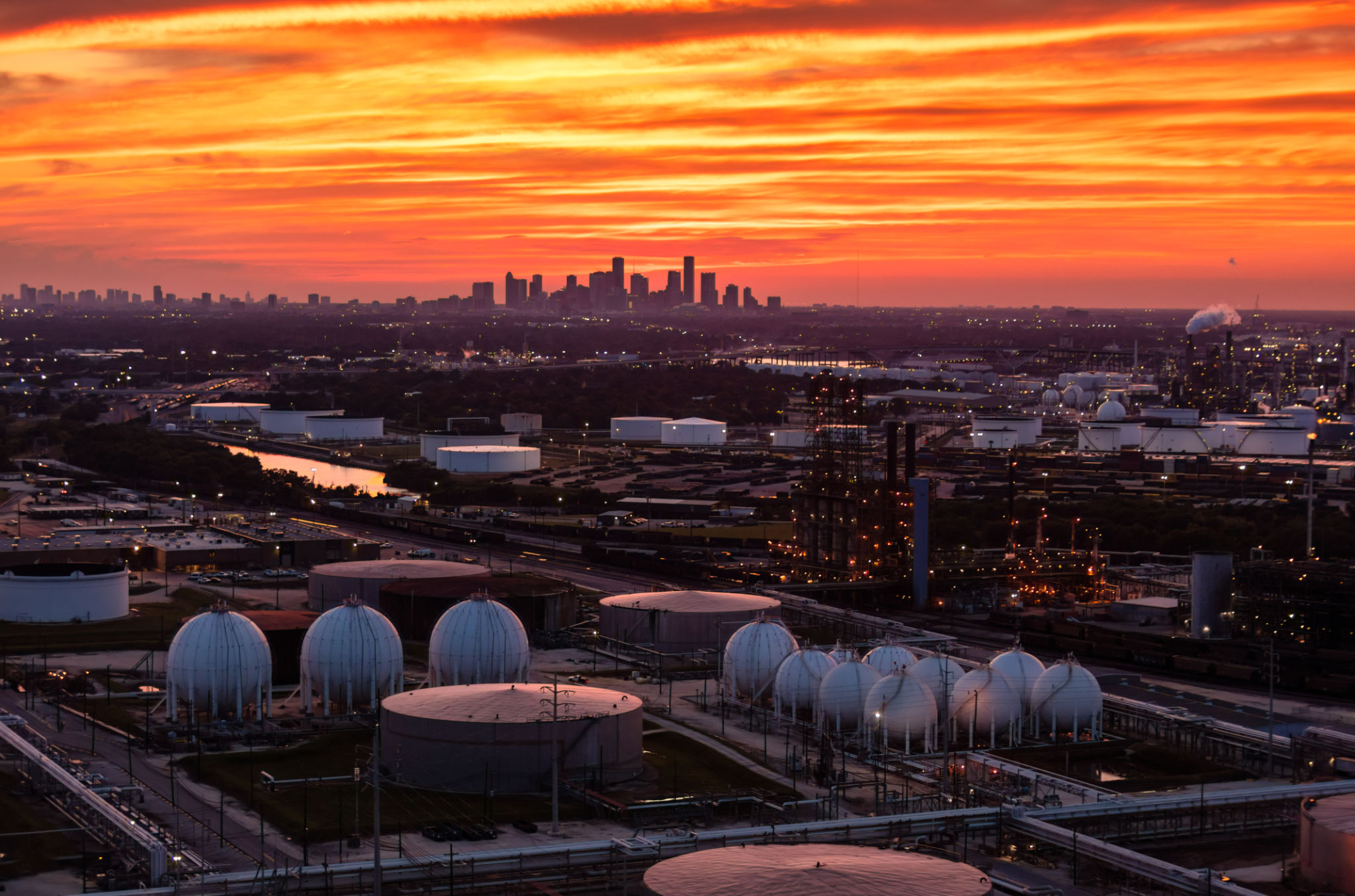Expert Insights: Understanding the Differences Between PVC and HDPE Pipes
Introduction to PVC and HDPE Pipes
When it comes to selecting the right piping material for your project, understanding the differences between PVC and HDPE pipes is crucial. These materials are widely used across various industries, each offering distinct advantages. In this expert insights blog post, we will delve into the key differences between these two types of pipes.

Composition and Manufacturing
PVC Pipes
Polyvinyl Chloride (PVC) pipes are made from a combination of plastic and vinyl. This composition makes them highly durable and resistant to corrosion. The manufacturing process involves the extrusion of PVC resin, resulting in a versatile and cost-effective piping solution.
HDPE Pipes
High-Density Polyethylene (HDPE) pipes are crafted from petroleum. The process involves the polymerization of ethylene, which results in a strong and flexible pipe. HDPE pipes are known for their high resistance to various chemicals, making them suitable for a wide range of applications.

Durability and Longevity
Resistance to Damage
PVC pipes are known for their excellent resistance to environmental damage, including UV rays. They are ideal for outdoor applications and are less likely to crack under pressure. However, they can become brittle over time when exposed to extreme temperatures.
Flexibility and Strength
HDPE pipes offer superior flexibility, allowing them to withstand ground movement and temperature fluctuations without cracking. This characteristic makes them perfect for underground installations where shifting soils may pose a threat to other types of pipes.

Applications and Use Cases
PVC Pipe Applications
PVC pipes are commonly used in plumbing, drainage, and irrigation systems. They are also favored for their ease of installation and lightweight nature. Their resistance to chemicals makes them suitable for transporting drinking water.
HDPE Pipe Applications
HDPE pipes are often used in water and gas distribution systems due to their durability and ability to withstand high pressure. They are also used in industrial applications where chemical resistance is crucial.
Cost Considerations
When it comes to cost, PVC pipes generally offer a more budget-friendly option compared to HDPE pipes. However, the initial cost should not be the only factor in decision-making. Considering the long-term benefits and specific requirements of your project is essential.
Conclusion
Understanding the differences between PVC and HDPE pipes can help you make an informed decision for your next project. Both materials have their unique strengths and applications, so it's important to assess your specific needs before making a choice. Whether you prioritize cost, flexibility, or chemical resistance, selecting the right piping material is crucial for the success of your project.